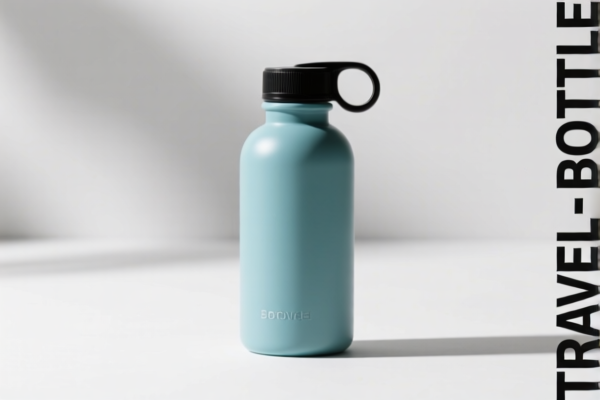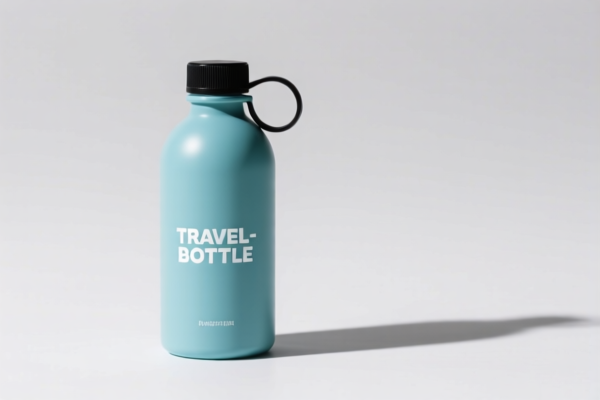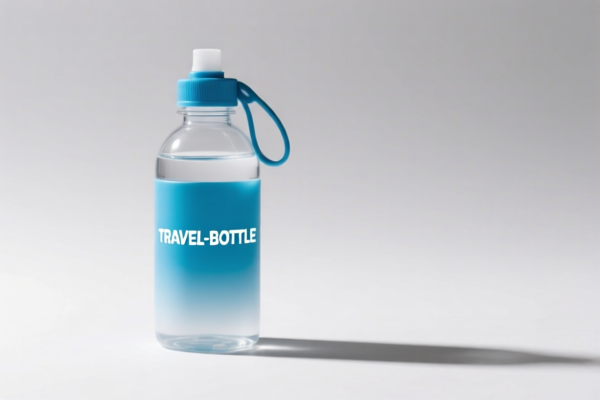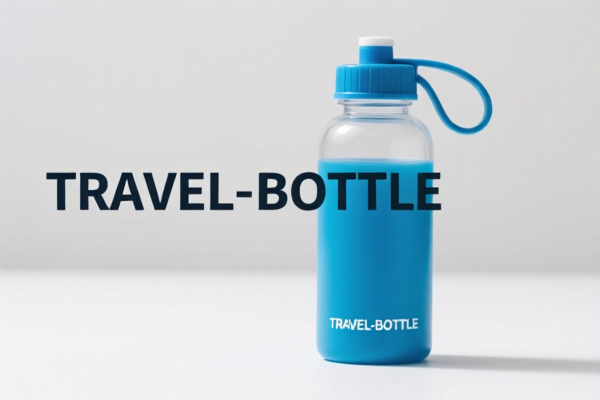| HS Code | Official Doc | Tariff Rate | Origin | Destination | Effective Date |
|---|---|---|---|---|---|
| 3923300090 | Doc | 58.0% | CN | US | 2025-05-12 |
| 7010905025 | Doc | 55.0% | CN | US | 2025-05-12 |
| 7323999030 | Doc | 83.4% | CN | US | 2025-05-12 |
| 4202929336 | Doc | 72.6% | CN | US | 2025-05-12 |
| 6914908000 | Doc | 60.6% | CN | US | 2025-05-12 |




Okay, let's break down the HS codes and tax implications for your "TRAVEL BOTTLE SET" declaration. Here's a structured analysis to help you understand the classification and potential costs.
Understanding HS Codes: A Quick Primer
HS codes (Harmonized System codes) are internationally standardized codes used to classify traded products. The first two digits generally indicate the chapter, the next two the subheading, and further digits provide more specific details. Here's how to interpret them in your case:
- Chapter 39: Plastics and articles thereof.
- Chapter 70: Glass and glass articles.
- Chapter 73: Iron or steel articles.
- Chapter 42: Articles of leather or of composition leather, travel goods, handbags, etc.
- Chapter 69: Ceramic articles.
Detailed HS Code Analysis & Tax Breakdown
Let's go through each item individually:
1. HS Code: 3923.30.00.90 – Articles for the conveyance or packing of goods, of plastics
- Meaning: This code covers plastic bottles, flasks, and similar containers used for packaging.
- Tax:
- Basic Duty: 3.0%
- Additional Tariff: 25.0% (Currently) / 30.0% (After April 2, 2025)
- Total Tax: 58.0%
- Notes: Ensure the bottles are entirely made of plastic to fall under this code. If they have metal components (like a spray nozzle), the classification might change.
2. HS Code: 7010.90.50.25 – Carboys, bottles, flasks, jars, pots, vials, ampoules and other containers, of glass
- Meaning: This code covers glass containers used for packaging. The specific subheading (7010.90.50.25) indicates glass containers with a capacity exceeding 0.33 liters but not exceeding 0.473 liters and a mouth diameter of 38mm or more.
- Tax:
- Basic Duty: 0.0%
- Additional Tariff: 25.0% (Currently) / 30.0% (After April 2, 2025)
- Total Tax: 55.0%
- Notes: The capacity and mouth diameter are critical for this classification. Verify these measurements accurately.
3. HS Code: 7323.99.90.30 – Table, kitchen or other household articles and parts thereof, of iron or steel
- Meaning: This code covers iron or steel kitchenware, including tableware suitable for food or drink contact.
- Tax:
- Basic Duty: 3.4%
- Additional Tariff: 25.0% (Currently) / 30.0% (After April 2, 2025)
- Total Tax: 83.4%
- Notes: If the items are coated or plated with precious metal, the HS code will be different.
4. HS Code: 4202.92.93.36 – Trunks, suitcases, vanity cases, etc., of sheeting of plastics or of textile materials
- Meaning: This code covers travel bags, toiletry bags, and similar containers with an outer surface of textile materials.
- Tax:
- Basic Duty: 17.6%
- Additional Tariff: 25.0% (Currently) / 30.0% (After April 2, 2025)
- Total Tax: 72.6%
- Notes: The material of the outer surface is key. If it's entirely plastic sheeting, a different code might apply.
5. HS Code: 6914.90.80.00 – Other ceramic articles
- Meaning: This code covers other ceramic articles not specifically classified elsewhere.
- Tax:
- Basic Duty: 5.6%
- Additional Tariff: 25.0% (Currently) / 30.0% (After April 2, 2025)
- Total Tax: 60.6%
- Notes: Ensure these are genuinely ceramic and not porcelain or earthenware, which have different codes.
Important Recommendations:
- Material Verification: Crucially, double-check the exact materials of each component of your travel bottle set. Small differences in material composition can lead to different HS code classifications.
- Single Price: If you are importing a set, the single price of the set will be used to calculate the tax.
- Certification: Depending on the intended use of the bottles (e.g., for cosmetics, food), you might need specific certifications (e.g., FDA compliance, food-grade material certificates). Check the import regulations for your destination country.
- April 2, 2025 Tariff Changes: Be aware of the upcoming tariff changes on April 2, 2025. Factor this into your cost calculations.
- Consult a Customs Broker: For complex classifications or high-value shipments, it's highly recommended to consult a licensed customs broker in your destination country. They can provide expert guidance and ensure compliance with all import regulations.
Disclaimer: I am an AI assistant and cannot provide definitive customs advice. This information is for general guidance only. Always verify the HS code and import regulations with the relevant customs authorities or a qualified customs broker.
Customer Reviews
No reviews yet.